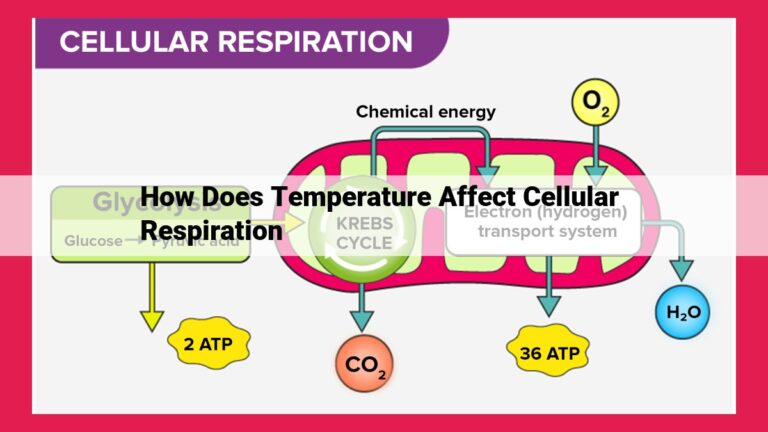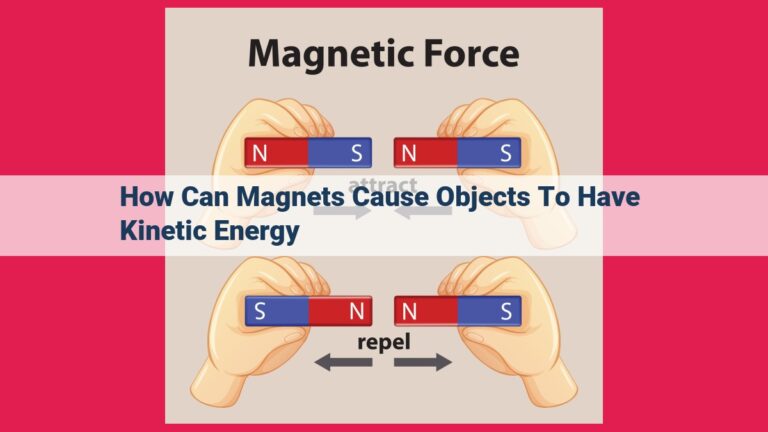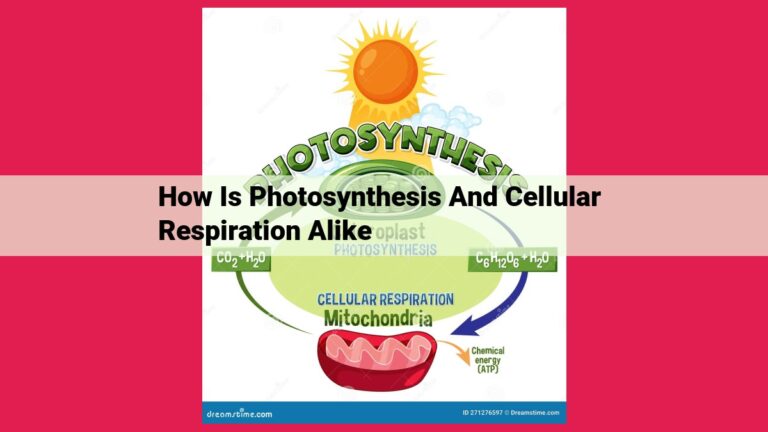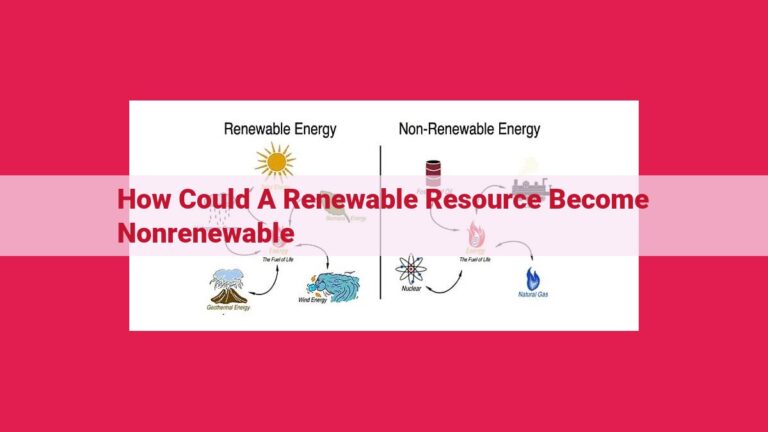Sun’s Energy: How Solar Radiation Powers Earth’s Processes
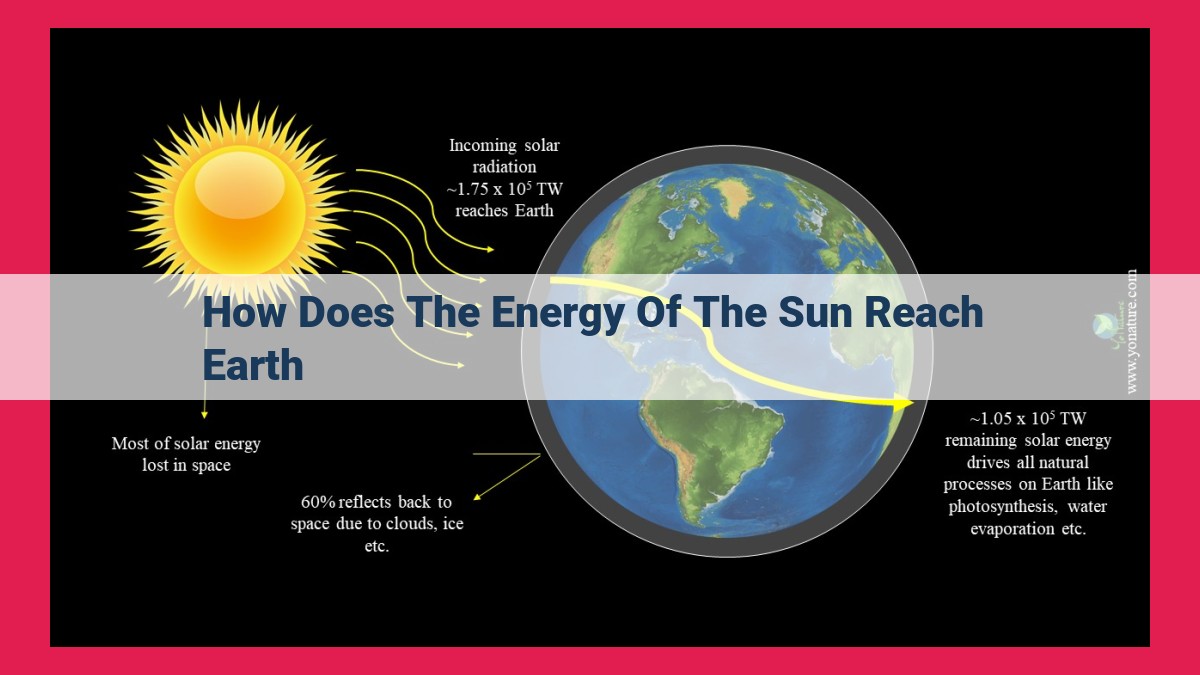
The sun’s energy travels to Earth through solar radiation, a form of electromagnetic energy emitted by the sun. This energy comprises a range of wavelengths, including visible light, ultraviolet waves, and infrared waves. As solar radiation travels through space, it interacts with matter through absorption, reflection, and scattering. The energy that reaches Earth’s atmosphere is partially absorbed by the atmosphere and partially reflected back into space. The remaining energy is absorbed by land, water, and living organisms, where it is converted into various forms of energy, such as heat and electricity.
Solar Radiation: The Power Source from the Sun
Harnessing the Brilliance
Our planet is bathed in a luminous stream of energy, the driving force behind life on Earth. This celestial power, known as solar radiation, originates from the vast nuclear furnace of our star, the Sun. Each second, the Sun releases an unimaginable burst of energy, propelled by thermonuclear reactions occurring deep within its core. This radiant energy travels the vast expanse of space, reaching our planet in the form of electromagnetic radiation.
The Electromagnetic Symphony
Electromagnetic radiation exists in a vast spectrum, encompassing a wide range of wavelengths and frequencies. Within this spectrum, solar radiation occupies a specific region, characterized by its relatively short wavelengths and high frequencies. This specific range allows solar radiation to penetrate Earth’s atmosphere and interact with our planet.
Wavelength: The Measure of Energy
The wavelength of electromagnetic radiation is an inverse indicator of its energy. Shorter wavelengths correspond to higher energy, while longer wavelengths carry less energy. Solar radiation is primarily distributed in the ultraviolet, visible, and infrared regions of the spectrum, with each wavelength range carrying a distinct set of properties.
The Rhythm of Frequency
Frequency, on the other hand, refers to the number of oscillations of electromagnetic energy per second. It is inversely proportional to wavelength, meaning that shorter wavelengths have higher frequencies. Solar radiation exhibits a wide range of frequencies, each carrying a specific amount of energy.
The Strength of Sunlight: Intensity
Intensity, a fundamental aspect of solar radiation, measures the power per unit area. It reflects the strength of sunlight and is directly proportional to the amount of electromagnetic energy passing through a given area. Understanding intensity is crucial for harnessing solar energy and analyzing its effects on Earth’s systems.
Interactions: Absorption, Reflection, and Scattering
As solar radiation reaches Earth, it interacts with the molecules and particles in the atmosphere and surfaces. Absorption occurs when electromagnetic energy is taken up by these molecules, converting it into other forms of energy. Reflection, on the other hand, involves the bouncing back of radiation from surfaces, while scattering refers to the redirection of radiation in different directions.
The Greenhouse Effect: Nature’s Blanket
The greenhouse effect is a natural phenomenon that plays a vital role in regulating Earth’s temperature. Certain gases, such as carbon dioxide and methane, in the atmosphere allow short-wavelength solar radiation to pass through but absorb and re-emit long-wavelength infrared radiation, effectively trapping heat and warming the planet.
The Electromagnetic Spectrum: A Kaleidoscope of Wavelengths
In the vast tapestry of the universe, light reigns supreme as an enigmatic force that connects us to the furthest reaches of space and time. It is the language through which stars communicate and the paintbrush that colors our world. The electromagnetic spectrum, a symphony of wavelengths, stands as a testament to the boundless nature of light.
A Rainbow of Energies
Imagine a vast expanse of colors, stretching from the deep reds of embers to the ethereal violets of distant galaxies. This vibrant tapestry represents the electromagnetic spectrum, a continuum of electromagnetic waves that encompass everything from the gentle warmth of microwaves to the piercing energy of gamma rays. Each color, or wavelength, corresponds to a specific frequency and energy, painting a unique picture of the universe around us.
Wavelength and Frequency: An Inverse Dance
Within the electromagnetic spectrum, wavelength and frequency engage in an intricate waltz, an inverse relationship that defines the nature of light. Wavelength measures the distance between two consecutive peaks of an electromagnetic wave, while frequency counts the number of peaks passing a fixed point in a given time. As wavelength increases, frequency decreases, and vice versa. This harmonious dance underpins the very essence of light.
Harnessing the Spectrum’s Power
Humans have long sought to harness the power of the electromagnetic spectrum. Microwaves, with their longer wavelengths and lower frequencies, gently penetrate food, warming it from the inside out. Infrared radiation, invisible to our eyes, finds application in heat lamps and night vision devices. The visible light spectrum, encompassing the rainbow of colors, allows us to perceive the world around us. Ultraviolet light, with its shorter wavelengths and higher frequencies, plays a vital role in vitamin D production and can be harnessed for sterilization purposes.
From X-rays to Gamma Rays: Exploring the Extremes
At the far end of the spectrum lies the realm of X-rays and gamma rays, possessing the shortest wavelengths and highest frequencies. X-rays pierce through dense objects, enabling us to peer into the hidden structures of the body. Gamma rays, the most energetic form of electromagnetic radiation, are used in medical imaging and cancer treatment.
The Electromagnetic Spectrum: A Window to the Universe
The electromagnetic spectrum is a mesmerizing tapestry that grants us a glimpse into the inner workings of the universe. From the radiant warmth of the sun to the cosmic rays that bombard our planet, light in all its forms shapes our existence. By understanding the electromagnetic spectrum, we unlock the secrets of the cosmos and harness its power for countless applications.
Wavelength: Measuring the Energy of Sunlight
In the tapestry of the electromagnetic spectrum, wavelength stands as a crucial thread, measuring the invisible waves that make up solar radiation. Imagine a cosmic ruler, stretching from the longest radio waves to the shortest gamma rays. Wavelength represents the distance between two consecutive peaks or troughs in this electromagnetic dance.
Intriguingly, wavelength holds a fascinating relationship with frequency. As wavelength shortens, frequency increases. This inverse dance is not merely a coincidence; it’s a fundamental characteristic of the electromagnetic spectrum. The shorter the wavelength, the higher the energy carried by the wave.
Consider this: our eyes can perceive a narrow range of wavelengths, from approximately 400 to 700 nanometers. Within this visible spectrum, blue light has a shorter wavelength than red light, and thus carries more energy. This energy difference manifests itself in the way we perceive these colors: blue appears brighter and more vibrant than red.
The energy carried by solar radiation plays a pivotal role in its interactions with the Earth’s atmosphere and surface. Shorter wavelengths, such as ultraviolet (UV) radiation, possess enough energy to penetrate our ozone layer and reach the Earth’s surface, where they can cause skin damage and other biological effects.
In contrast, longer wavelengths, such as infrared (IR) radiation, have lower energies and are absorbed and re-emitted by molecules in the atmosphere, contributing to the greenhouse effect. This natural phenomenon traps heat within our planet’s atmosphere, creating the conditions that allow life to thrive.
Understanding wavelength is fundamental to unraveling the intricate tapestry of solar radiation and its profound impact on our planet and its inhabitants. It’s a cosmic ruler that helps us measure the unseen forces that drive life and shape our world.
Frequency: The Rhythm of Solar Radiation
- Explain the concept of frequency and its relationship with wavelength within the electromagnetic spectrum.
Frequency: The Rhythm of Solar Radiation
Within the vast expanse of the electromagnetic spectrum, solar radiation dances to the tune of frequency. This enigmatic entity, intimately intertwined with wavelength, dictates the rhythm of sunlight’s energy.
Like the heartbeat of the cosmos, frequency measures the number of oscillations per second. As wavelengths grow shorter, frequencies surge, carrying with them increasingly potent energy. Conversely, as wavelengths stretch longer, frequencies dwindle, their energy receding.
Within the electromagnetic spectrum, solar radiation occupies a wide range of frequencies, each embodying a distinct characteristic. Ultraviolet (UV) rays, with their piercingly short wavelengths, possess sky-high frequencies and potent energy capable of sunburns and DNA damage. Visible light, the rainbow of hues our eyes behold, occupies a middling range of frequencies and energies. Infrared radiation, with its ethereal wavelengths, carries lower frequencies and energizes objects with its gentle warmth.
Understanding the relationship between frequency and wavelength is paramount in deciphering the intricate symphony of solar radiation. It unravels the secrets of sunlight’s energy and unveils its myriad effects on our planet and its inhabitants.
Intensity: Unveiling the Power of Sunlight
The intensity of sunlight, often referred to as irradiance, captures the very essence of the sun’s radiance, its measure of strength and vigor. Irradiance defines the rate at which solar energy strikes a given surface area, quantified in units of watts per square meter (W/m²).
This intensity is directly proportional to radiant flux, the total power emitted by the sun that traverses a given area. As radiant flux intensifies, so does the irradiance, illuminating the surface with greater solar energy.
At Earth’s surface, the intensity of sunlight varies significantly throughout the day and across different geographical regions. This variation stems from several factors, including:
- Time of day: The sun’s position in the sky influences the angle at which sunlight strikes the Earth’s surface. When the sun is directly overhead, its rays strike perpendicularly, resulting in higher irradiance. As the sun moves towards the horizon, the angle of incidence decreases, reducing irradiance.
- Latitude: Locations closer to the Equator experience higher irradiance than those at higher latitudes due to the sun’s more direct rays.
- Season: The Earth’s tilt and orbital path around the sun affect the duration and intensity of sunlight at different latitudes throughout the year.
Understanding solar intensity is crucial for harnessing the sun’s energy. Renewable energy systems, such as solar panels, rely on high irradiance to efficiently convert sunlight into electricity. By optimizing the orientation and placement of solar panels to maximize irradiance, we can maximize the power output and contribute to a cleaner, more sustainable energy future.
Interactions with Solar Radiation: Unraveling the Dance of Light with Matter
The sun, our radiant star, showers our planet with a constant stream of electromagnetic energy known as solar radiation. As this celestial light interacts with matter on Earth, it undergoes a captivating choreography, a dance of absorption, reflection, and scattering.
Absorption: Embracing the Sun’s Embrace
When solar radiation encounters matter, it can be absorbed, much like a sponge absorbing water. The material’s atoms or molecules eagerly take on the energy of the photons, causing their internal vibrations to intensify. This absorption plays a crucial role in the heating of the Earth’s surface and atmosphere.
Reflection: Bouncing Back the Sunlight
If solar radiation strikes a surface at an angle, it has the potential to be reflected back into space, much like a mirror reflecting light. This process, known as reflection, helps to regulate Earth’s temperature by preventing excessive absorption. Reflective surfaces, such as snow or ice, can bounce back a significant portion of the sun’s energy.
Scattering: A Symphony of Deflections
When solar radiation encounters particles in the atmosphere or in the water, it can be scattered in various directions. This scattering phenomenon can give rise to breathtaking visual effects such as rainbows and the dramatic blue hue of the sky. Rayleigh scattering, caused by the interaction of light with molecules smaller than the wavelength of light, is responsible for the scattering of shorter wavelengths, including blue light.
Understanding these interactions between solar radiation and matter is essential for comprehending a wide range of phenomena, from the Earth’s climate to the colors we perceive in our surroundings. As we delve deeper into the study of these interactions, we uncover the intricate workings of our planet and the profound influence of the sun on life as we know it.
The Greenhouse Effect: Nature’s Blanket
The sun, our life-giving star, emits a torrent of energy in the form of electromagnetic radiation. This solar radiation encompasses a vast spectrum of wavelengths, ranging from short, energetic gamma rays to long, gentle radio waves. Among this electromagnetic mosaic, visible light stands out as the band of wavelengths our eyes can perceive.
Just as a prism separates white light into a rainbow of colors, the atmosphere acts as a filter, selectively allowing or blocking certain wavelengths of solar radiation. Short-wave radiation, primarily in the form of visible light, readily penetrates the atmosphere, warming the Earth’s surface. Long-wave radiation, such as heat emitted by the warmed Earth, encounters a different fate: certain gases in the atmosphere, known as greenhouse gases, selectively absorb and re-emit this radiation.
This greenhouse effect acts like a thermal blanket, trapping heat in the Earth’s atmosphere and maintaining a relatively warm surface temperature. Without this natural phenomenon, our planet would be a desolate, frozen wasteland. However, human activities are intensifying the greenhouse effect, leading to rising global temperatures and a plethora of severe climate change impacts.
Carbon dioxide, a greenhouse gas emitted by burning fossil fuels, is a primary culprit. As its concentration in the atmosphere increases, more heat is trapped, resulting in global warming. This warming leads to a cascade of changes: melting ice caps, rising sea levels, more extreme weather events, and disruptions to ecosystems worldwide.
Understanding the greenhouse effect is crucial for addressing the pressing issue of climate change. By reducing greenhouse gas emissions, we can mitigate its impacts and protect the delicate balance of our planet’s ecosystems. Embracing a sustainable future involves transitioning to renewable energy sources, promoting energy efficiency, and fostering a conscious relationship with our natural environment.
